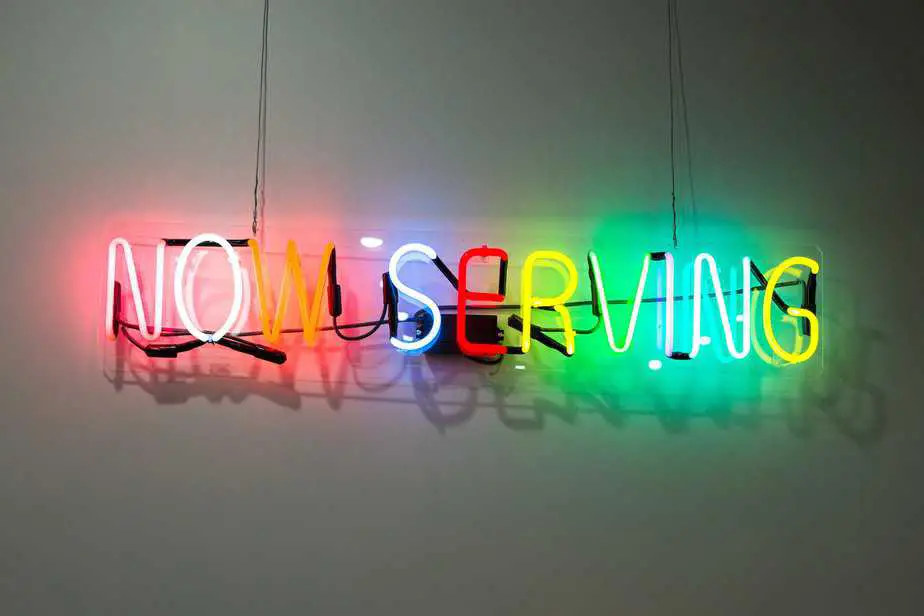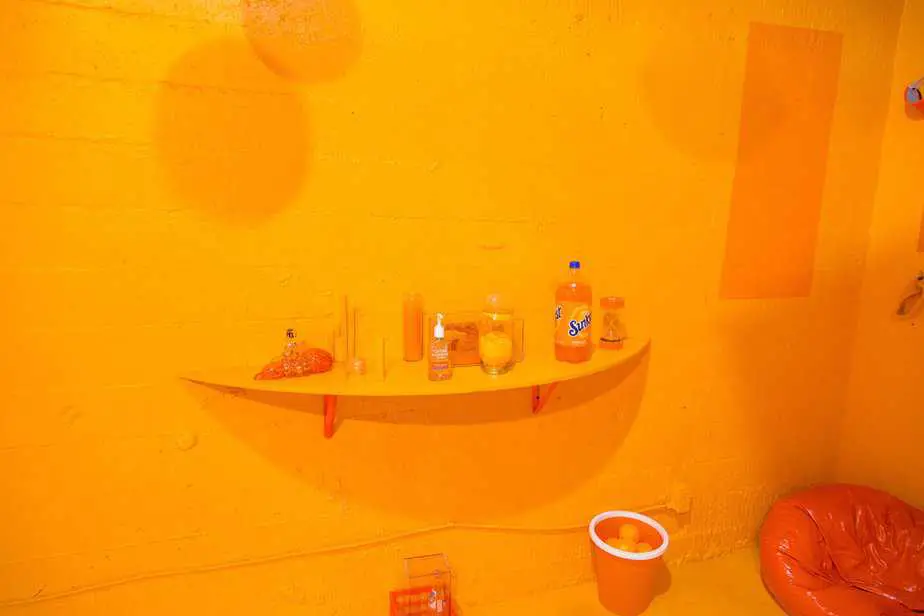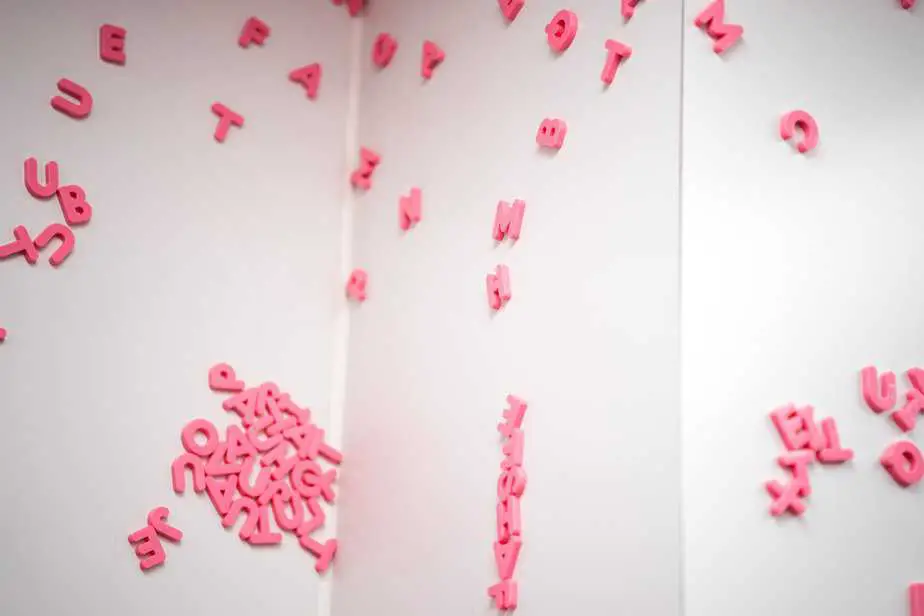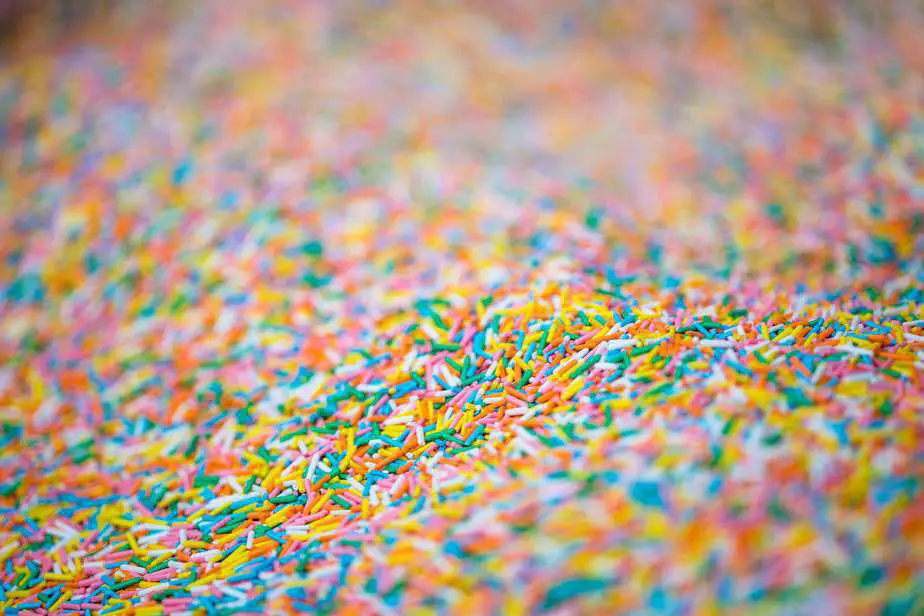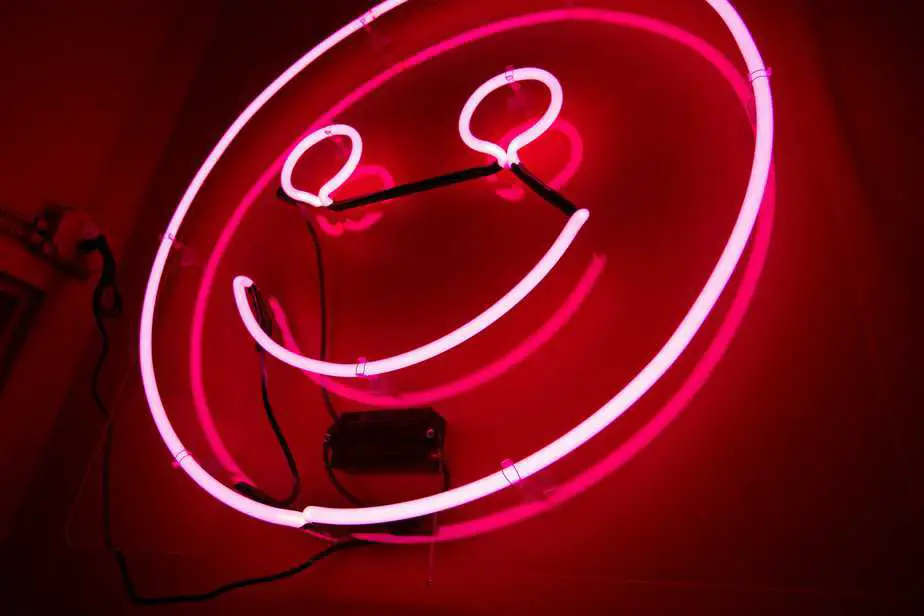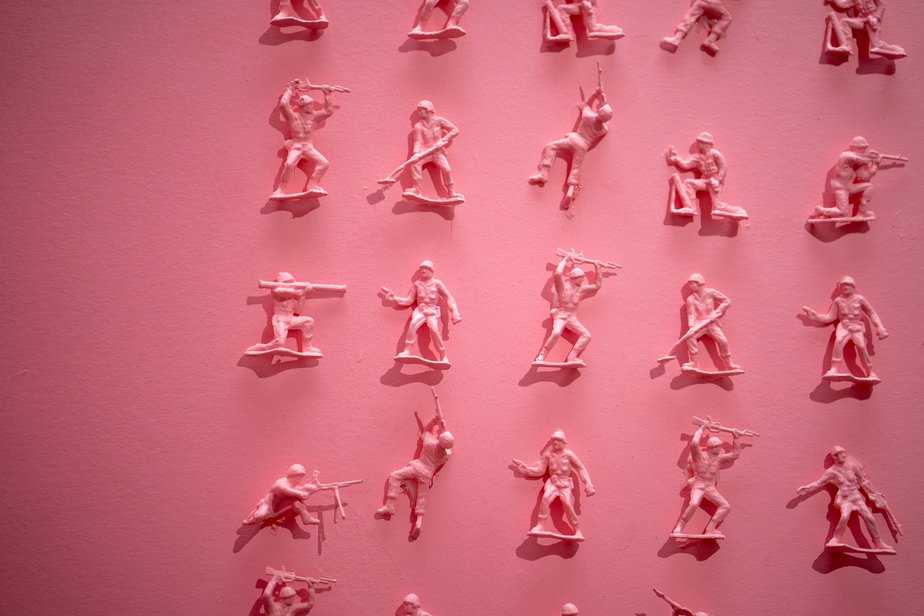What started with the Color Factory—an entire museum that was dedicated to fun, sensory activation, and most important, color. The grand slam success of the Color Factory had Bay Area denizens scouring near and far to snag tickets to this one-time event. People exchanging, trading, and selling off unused tickets for ridiculous prices. What was meant to be a $30 dollar ticket reached into the triple digits. Needless to say, it was the event of the year. Something San Francisco Bay Area hadn’t seen. But when it came to the sweet treats patron would snack on through their tour, it left Bay Area small business owners on the hook. Asked to make a pretty hefty “donation” to the factory, it didn’t score the sweet spot like another museum pop-up later that year.
What followed months later was a LA-based museum that focused on the sweeter sides to life—Museum of Ice Cream had taken over the former Giorgio Armani building to bring to life bright pinks and all things sprinkles. From the Museum’s official website, “MOIC is an experience-first brand fueled by the power of imagination. From installations that ignite all five senses to products-made to inspire, we lead with the honest belief that anything is possible.” But to many, the lack of things to do left attendee’s with a sour taste in their mouth—but who can argue with an earning of $20 million since MOIC opened in New York in 2016. The two photo-worthy spots held tie at one another with sold out weekends, maximum reviews on Yelp, and feeds and feeds of hungry bloggers hoping for their perfect shots.
When 29ROOMS came onto the scene, they came and went. From the minds of Refinery29, 29ROOMS looked to further the activation of the mind. Working with independent artists local and wide, 29ROOMS offered to give patrons “social inspiration” for the two weekends it visited at the Palace of Fine Arts. Marking the fourth year of R29’s pop-up installation space, tickets, ranging from $19 to $85, have already sell out quite quickly. The exhibit features spaces like a human snow globe and a “cloud pool” made from blocks of blue foam, spread throughout 29 themed rooms. With a flurry of mixed reactions, the resounding state of the rooms was pretty sad. And at a nearly $21 admission, some felt entitled for their ‘gram. One reviewer of the 29ROOMS space noted, “this [was] probably one of the better art installations in my opinion, and there have been a lot of them recently. I’ve been to the Museum of Ice Cream, teamLab, and various exhibits at LACMA (like the Rain Room). I haven’t attended Wonderspaces, Color Factory, and Happy Place, but I have heard experiences from friends.” Another reviewer even stating the fact that they couldn’t even get photos with the long lines, ultimately defeating the purpose, “sadly, on Saturday 12/16, we spent most of the time waiting in line to take photos. We were not able to go into each of the 29 rooms, probably only half in the 3 hours we were there.”
Now September on the heels of next month, a newcomer is paving the streets in chocolate. Candytopia, a LA-based candy museum is looking to Willy Wonka the hell out of the Bay Area. Jackie Sorkin, the CEO of Hollywood Candy Girls and retail wizard John Goodman, whose bag as operating partner of Marvin Traub Associates’ celebrity division is pulling off celeb collaborations such as the Kardashian Kollection at Sears. One can expect candy art that is (sadly) not edible, but pretty to… look at, we guess. You’re looking at tickets retailing at $34 for adults, while it is $26 for kids ages 4-12.
But we pose the question, who did it first and who do we give “credit” to? The answer: actual museums filled with actual art. If “made-for-Instagram” exhibits suggests something about our selfie-dominated culture, it didn’t start in places like the MOIC. It started on the internet and then spilled out everywhere else—in nature, in restaurants, even in the contemporary art world. But how do museums filled with the world’s most sought out works of art compete? In this day and age of social media, it’s becoming slim-pickings. Wired, last year, published a think piece of the state of Instagram Museums. The piece talked openly about the duality of why we need both an Instagram museum (for play, ‘gram, etc) and a classical or contemporary museum (for history, perservation and so on.)
“The world has seen an increase in these spectacle exhibitions that have really taken on a new dimension online,” says Jia Jia Fei, Director of Digital at the Jewish Museum of New York, who delivered a TED Talk last year on Art in the Age of Instagram. “When you think of the very Instagrammable exhibitions of the last five years—the course in which Instagram has existed—you think of Yayoi Kusama and her Infinity Mirrored Room […] and then artists like James Turrell or the Rain Room at MoMA. These are artists who really have very critical bodies of work, but [created installations] that have taken on new meaning because of social media.”
But is it a validation concept? Do we fear missing out on a great time with friends or feel left out of an experience that’s, inherently, for everyone? To some degree, yeah, it really does. “Not only are they [patrons] taking pictures of art, but they’re taking pictures of themselves within these spaces,” Fei said in her TED Talk. “In the pre-digital photography era, the message was: This is what I’m seeing. I have seen. Today, the message was: I was there. I came, I saw, and I selfied.”
When the TIME’s brought into the question of people’s attachments to their phones—it spoke to the need to document ones engagement with art. The article centers around the de Young’s Bouquets to Art, an exhibition-based on floral designs inspired by famous works from around the world. “Why do you need photos of everything in the show? Are you even going to look at them? Is it just like an addiction?” said Judy Sweet, a longtime fan of the exhibit who stopped coming because of the mania and only returned after the museum first started experimenting with photo-free hours in 2016. The de Young started enacting “photo-free hours” where patrons strictly could not take photos in the hall during the exhibition’s six-day span from March 13 to March 18 (a short run due to flowers’ perishable nature).
But this brings into the question of “seminar in the arts.” What is seminar in the arts you may ask, it’s a crash course on how to tour, observe, and distill art into an opinion. Easily accessible on the internet (or from person to person,) it’s how you act when you go to classical museum like SFMOMA, de Young, Legion of Honor. Everything from the tone of your voice, running, touching, basics—you know. Linda Butler, the de Young’s head of marketing, said that every year, the photo-free hours have themselves yielded complaints. “People come here and they don’t know about them and they’re expecting to take photos and they’re very disappointed,” she said. “You can never appease everyone.”
But wherein a Color Factory style setting you’re encouraged to yell loudly, take all the photos, hashtag till your fingers go numb. One can argue that these Instagram museums are independently owned and operated so getting the word out via social media influenced visuals is the best form of marketing longterm. And to a generation of thumb-screens, it marries the two beautifully.
Now that we have a new Instagram museum coming to town, we want to leave on this think piece with questions that will turn into answers once it wraps. 1.) Express your love, hate, or boredom of things you spend money, why did you spend money in the first place? 2.) Are you learning? Who, what, when, and where of the artist’s intent? 3.) Did you get the likes you wanted on Instagram? We won’t get into the arguement of “what’s art” as that is in the eye of the beholder. If it encourages to live and be creative, then it’s done its job as art.
// Photography by Jason Leung.
